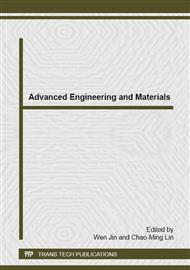p.197
p.203
p.207
p.215
p.221
p.227
p.235
p.241
p.246
Robotic System Used for Navigation and Tracking, in Real Time, with the Obstacle Avoidance
Abstract:
Tracking the road or a mobile object and also obstacle avoidance are very important components that must be considered in the process of developing a robotic system. In this paper we propose a mobile platform for indoor navigation, based on a cheap computing hardware, which is able to be configured in two scenarios: the first refers to the movement of the robot on a predetermined path and to avoidance the obstacles, while maintaining the final target, and the second refers to the possibility of identifying and tracking a target. The robotic system aggregates the information acquired from different sensors and combines the computing resources from the mobile platform with those from the central unit. MATLAB is used for all the implementations and tests, to develop algorithms and to create models and applications. The robot's communication with central unit is wireless. Experimental results show that the mobile platform is able to perform, in real time, the following tasks in indoor environment: the recognition of the object, localization and tracking and also the obstacles avoidance.
Info:
Periodical:
Pages:
221-226
Citation:
Online since:
December 2014
Authors:
Price:
Сopyright:
© 2015 Trans Tech Publications Ltd. All Rights Reserved
Share:
Citation:


